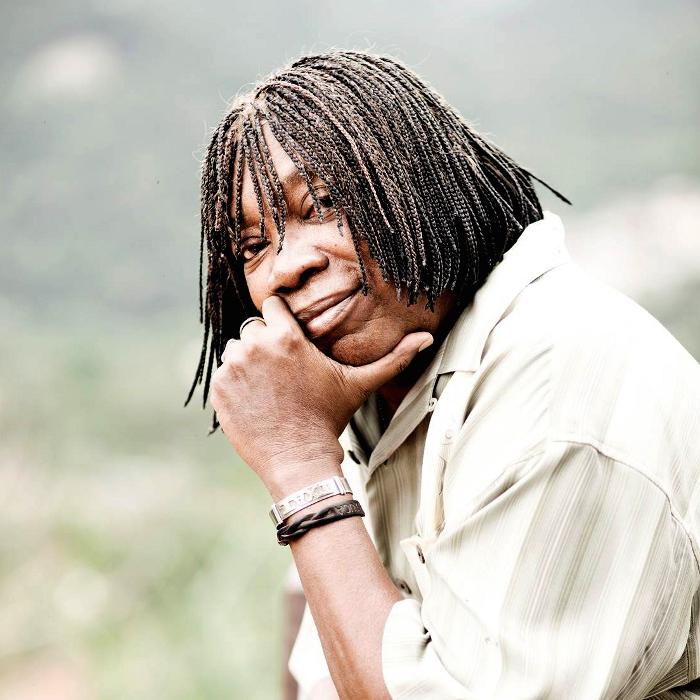Album Releases  view
view
Members
1 Male
Origin
 Rio de Janeiro, Brazil
Rio de Janeiro, Brazil
Genre
 Latin
Latin
Style
International
Mood
Reflective
Born
1 Male
Origin
Genre
Style
International
Mood
Reflective
Born
1942
Active 1962 to Present...
Cutout![]()
4 users
4 users
4 users
4 users
4 users
Artist Biography
Available in:
Nascimento's mother was a maid, Maria Nascimento. As a baby, Milton Nascimento was adopted by a couple who were his mother's former employers; Josino Brito Campos, a bank employee, mathematics teacher and electronic technician and Lília Silva Campos, a music teacher and choir singer. When he was 18 months old, Nascimento's biological mother died, and he moved with his adopted parents to the city of Três Pontas, in the state of Minas Gerais.
Nascimento was an occasional DJ on a radio station that his father once ran. He lived in the boroughs of Laranjeiras and Tijuca in Rio de Janeiro.
In the early stages of his career, Nascimento played in two samba groups, Evolussamba and Sambacana. In 1963, he moved to Belo Horizonte, where his friendship with Lô Borges led to the Clube da Esquina ("corner club") movement. Members included Beto Guedes, Toninho Horta, Wagner Tiso, and Flávio Venturini, with whom he shared compositions and melodies. One composition was "Canção do Sal", which was first interpreted by Elis Regina in 1966 and led to a television appearance with Nascimento. The collective, as well as some others, released Clube da Esquina in 1972. Several hit singles were also released.
Nascimento is famous for his falsetto and tonal range, as well for highly acclaimed songs such as "Maria, Maria", "Canção da América" ("Song from America"/"Unencounter"), "Travessia" (Bridges (Milton Nascimento song)), "Bailes da Vida", and "Coração de Estudante" ("Student's Heart"). The lyrics remember the funeral of the student Edson Luís, killed by police officers in 1968. The song became the hymn for the Diretas Já social-political campaign in 1984, was played at the funeral of the late President of Brazil Tancredo Neves the next year, and was also played at Ayrton Senna's funeral.
While his reputation within Brazil was firmly established with his Clube da Esquina works, Nascimento's international breakthrough came with his appearance on jazz saxophonist Wayne Shorter's 1974 album Native Dancer. This led to widespread acclaim, and collaborations with stars such as Paul Simon, Cat Stevens, George Duke and Quincy Jones and the band Earth, Wind and Fire. Angelus (1994) features appearances by Pat Metheny, Ron Carter, Herbie Hancock, Jack DeJohnette, Nana Vasconcelos, Jon Anderson, James Taylor, and Peter Gabriel. Through his friendship with guitarist Warren Cuccurullo, Nascimento came to work with the pop rock band Duran Duran in 1993. Nascimento co-wrote and performed the song "Breath After Breath", featured on the band's 1993 album Duran Duran. He also performed with the band in concert when they toured in Brazil in support of that album.
In 1996, Nascimento contributed the song "Dancing" to the AIDS-Benefit Album Red Hot + Rio produced by the Red Hot Organization.
In 2004, he worked with the Brazilian Heavy Metal band Angra, in the song "Late Redemption". The song is in the Temple of Shadows album.
Wide Thumb
Clearart
Fanart


Banner

User Comments
 No comments yet..
No comments yet..













